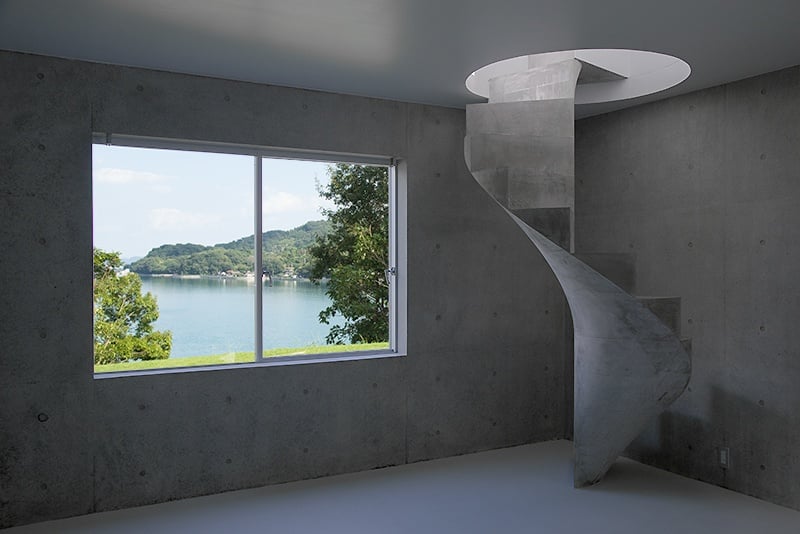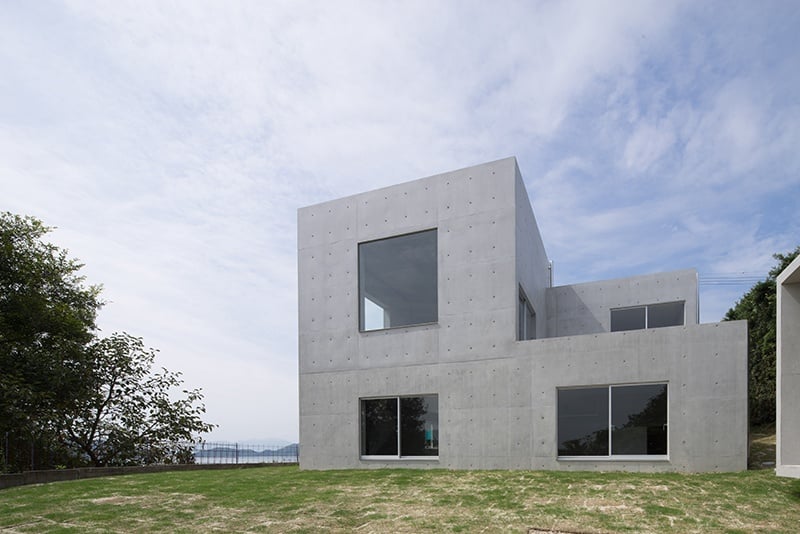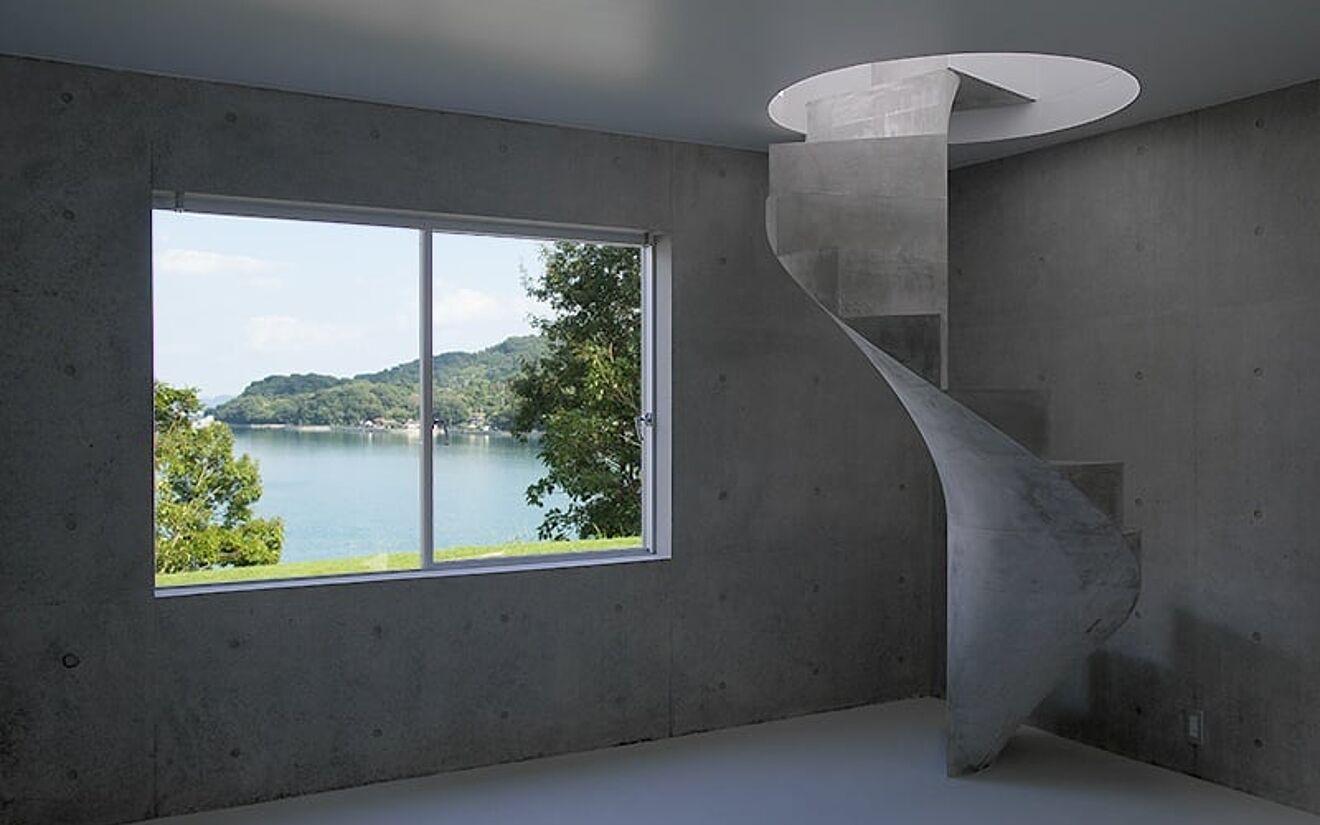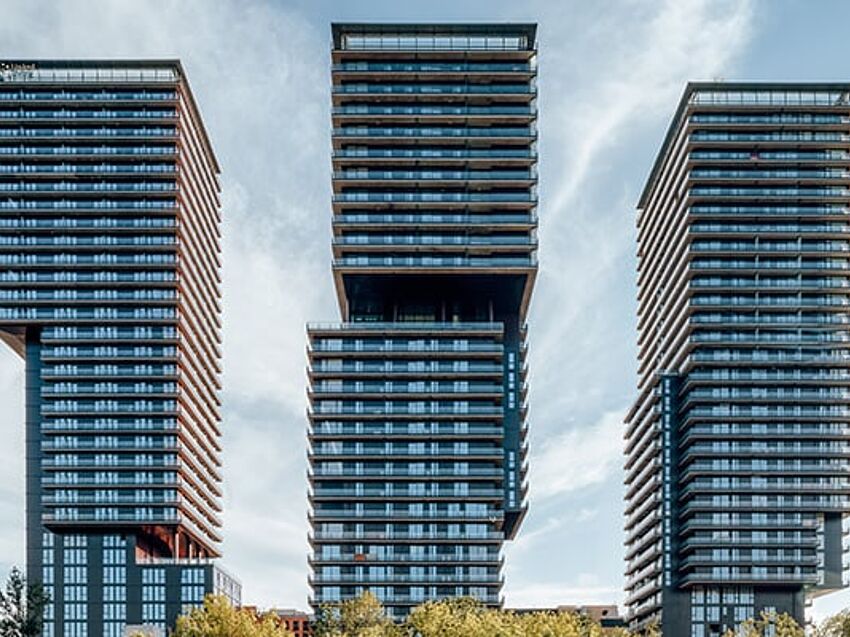Concrete is popular due to its structural, aesthetic and many physical structural properties. However there are logical and factual limits to its use.
It is a modern building material and still one of the most formative of our time: Concrete. At the latest since the 1950s it is been celebrating worldwide triumph in all forms of architecture - from infrastructure to the highest buildings. It's lasting success is no longer based on just it's "original properties," such as a high compressive strength, but rather also its tremendous changeability.

Not all concrete was created equal. Different types of material allow for a large aesthetic range in addition to different structural and physical qualities. The latter in particular is increasingly a strong argument for the fact that many clients are "openly" choosing a "life in concrete."
Aesthetic paradigm shift
It was not that long ago when people did everything they could to hide bare concrete. Even today it can happen that in a nearly 20-year old house you can find ceiling coverings made of wood or polystyrene. It's a fashionable crime in contemporary architecture.
In the meantime the blunt view of the raw building material in ceilings, walls and even in the form of furniture has established itself as a chic design element. Even puristic creations that are wholly preserved in exposed concrete are by no means a rarity.
Exposed concrete has many faces. Different formwork also allows for various surfaces and patterns. The natural gray of the material conveys a modern elegance and is considered as the highest of emotions among purists. Exposed concrete has no longer been limited to this color. It can be dyed into over 150 colors by adding pigments. Things get even more extravagant (and quite a bit more expensive) with photo or light concrete.

Safe and (almost) pleasant
Of course those who live surrounded by concrete not only enjoy the aesthetic advantages. Concrete does indeed convey an impression of security. The non-combustible building material remains largely solid even at temperatures of up to 1000°C and thus offers optimal protection in the case of fire. Due to the good noise-insulated properties, it also contributes in part to peace among neighbors. A good room climate, on the other hand, is more of a myth. Concrete is poor at absorbing moisture and is hesitant to release it. In certain circumstances, unpleasant moist walls occur and are susceptible to mold without an additional ventilation system.

The problematic building material of concrete
Concrete has proven to be a problem child, especially with respect to sustainability and environmental friendliness. The production of cement, which is necessary for concrete, costs large amounts of energy and is also associated with considerable CO2 emissions. In addition, the growing scarcity of construction sand due to concrete production is a major problem. Accordingly, the use of the building material would have to be meaningfully limited not only with a view to the greenhouse effect, but it will no longer be possible at all in the long term due to a lack of resources.
However indispensable concrete may be in engineering, there have long been better alternatives in residential building. Various pilot projects in multi-story building construction show that extremely tall wooden structures are now possible with little use of concrete. The natural building material offers a truly comfortable room climate. And when it comes to the purely aesthetic aspect of the puritan beauty of concrete, fashionable trends always pass as quickly as they occur.




